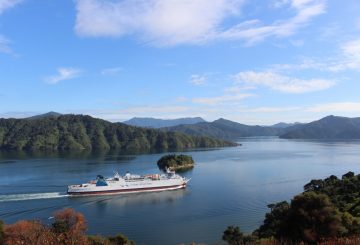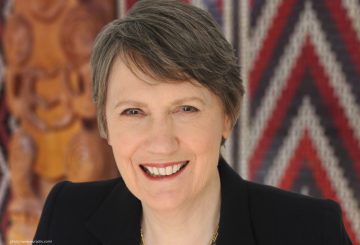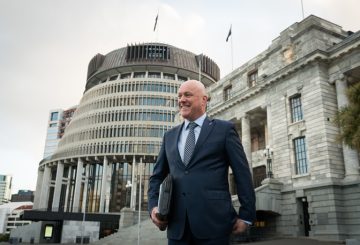Hàng ngàn trẻ em sẽ có cơ hội nói lên tiếng nói của mình trong các cuộc bầu cử giả sẽ giới thiệu cho chúng quá trình bỏ phiếu.
Theo một phát ngôn viên của ủy ban bầu cử, đã có 609 trường đăng ký bỏ phiếu cho trẻ em – Năm 2023 – với khoảng 98,000 học sinh dự kiến sẽ tham gia, theo một phát ngôn viên của ủy ban bầu cử.
Ủy ban bầu cử đang khuyến khích các trường khác đăng ký chương trình miễn phí, vui vẻ và dễ dàng.
“Đây là một cơ hội tuyệt vời cho học sinh ở mọi lứa tuổi để có được cảm giác như thế nào khi bỏ phiếu trong một cuộc tổng tuyển cử,” Phó Giám đốc Điều hành Ủy ban Bầu cử Anusha Guler nói.
“Những gì chúng tôi đã phát hiện ra là trẻ em được hưởng lợi từ việc tìm hiểu về quy trình bỏ phiếu và cảm thấy hồi hộp thực sự khi được kiểm phiếu trong một cuộc bầu cử giả.”
Các trường học hoặc giáo viên cá nhân đăng ký Bỏ phiếu cho Trẻ em cho biết có bao nhiêu học sinh sẽ tham gia.
“Sau đó, chúng tôi gửi cho họ tất cả các nguồn lực để tổ chức một cuộc bầu cử giả của riêng họ,” một phát ngôn viên của Ủy ban bầu cử nói.
Giáo viên sẽ có thể sử dụng các tài nguyên Bỏ phiếu cho Trẻ em này để hỗ trợ học sinh của họ khám phá các vấn đề bầu cử trong cuộc sống thực tế cũng như các đảng và ứng cử viên đứng trong cuộc bầu cử.
Anusha Guler nói: “Trải nghiệm được thực hiện để xác thực nhất có thể, với những đứa trẻ bỏ phiếu giả có chứa các đảng thực tế và ứng cử viên từ cử tri của họ.
Các trường có thể đăng ký chương trình hoặc tìm hiểu thêm thông tin tại http://www.kidsvoting.co.nz.






























































